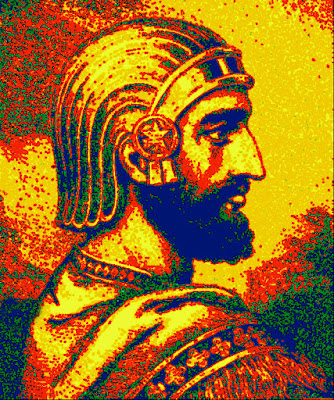Zarnegary

The Persian word زرنگاری "Zarnegary" meaning gilding, is one of the ancient arts of Iran and is used for the decorative layout of the Holy Quran, poems written by great poets such as the Shahnameh of Ferdowsi, the Golestan of Saadi, the Divans of Hafez and Khayyam, and miniatures. The Zarnagar artist attempts to create a spiritual and transcendental ambiance by mixing calligraphy and gilding in a magnificent and balanced composition. Gilding art, like painting, features different styles such as Seljuk, Bukhara, Timurid, Safavid and Qajar, which show the color palette and design tastes of historical periods. The Zarnegary of Iran in the 10th century was rather minimalist, but it gradually became more complicated and magnificent.
